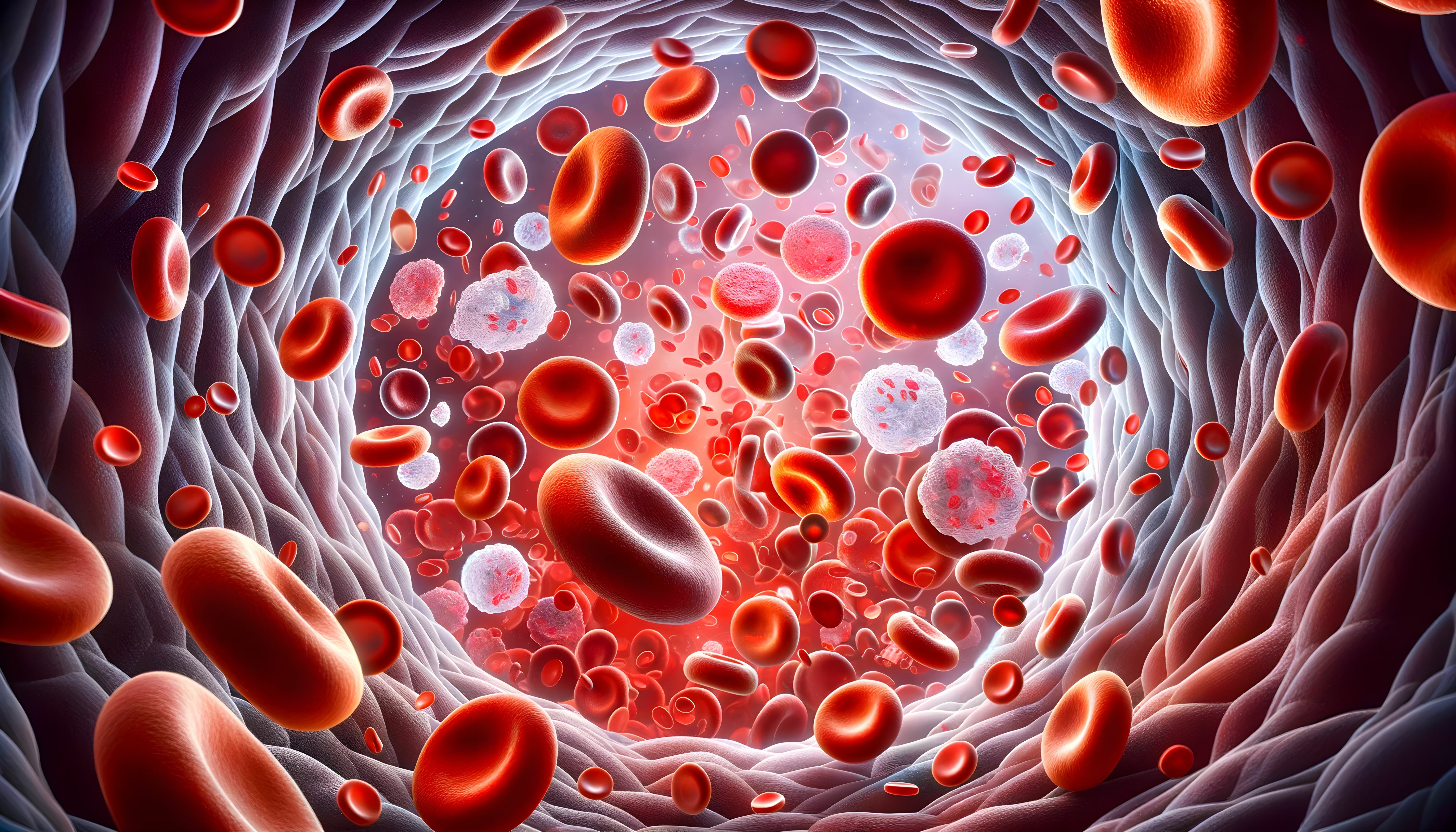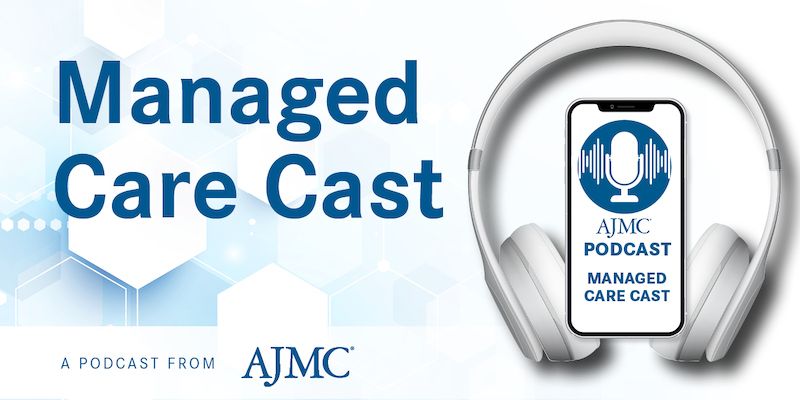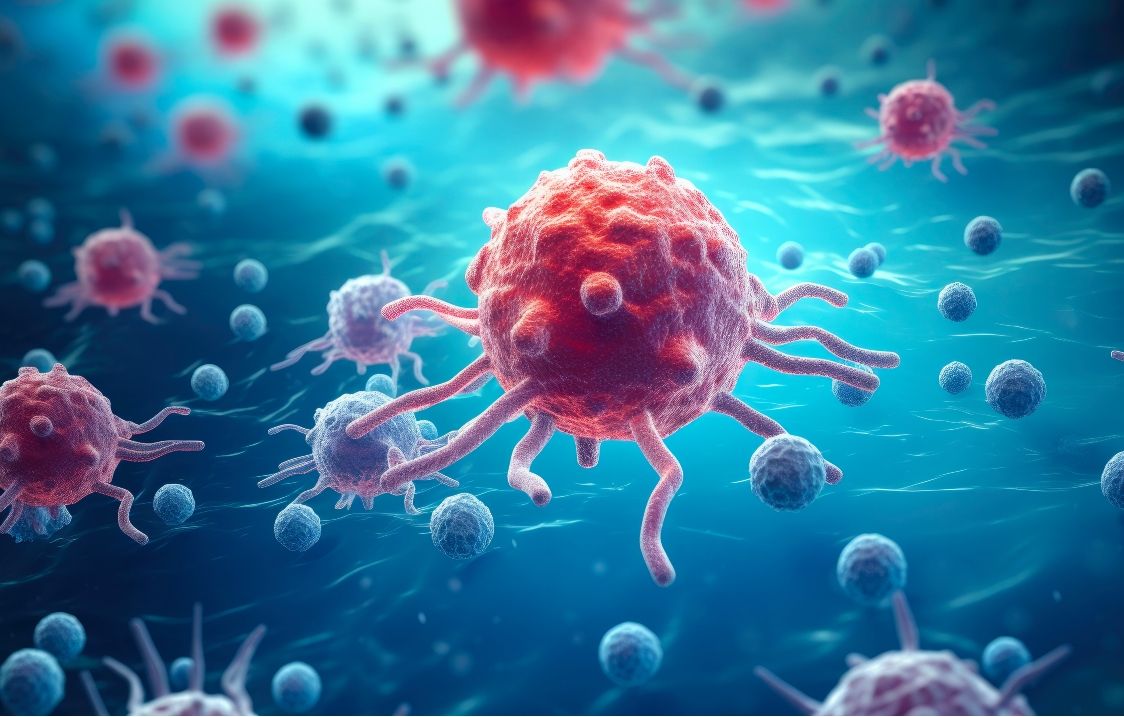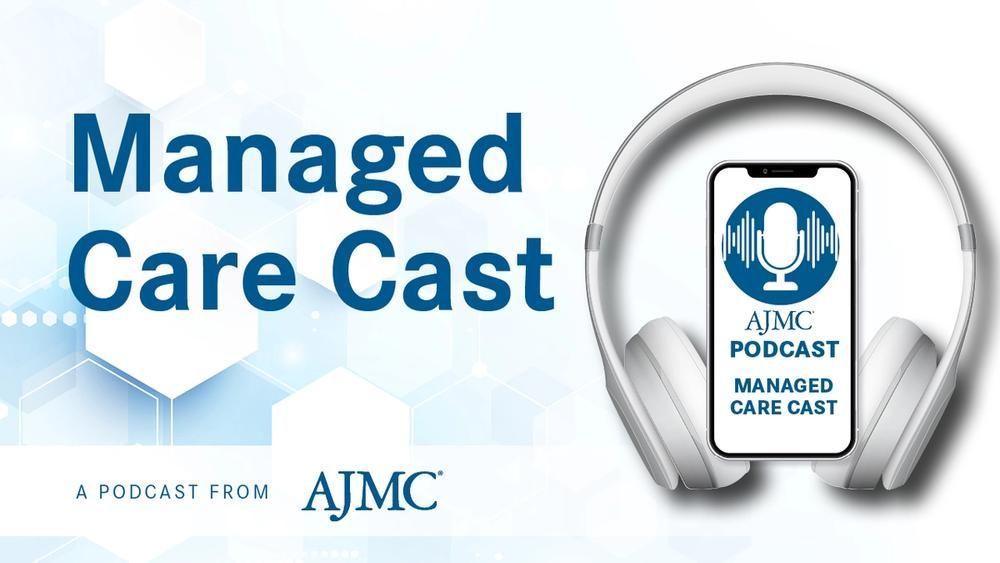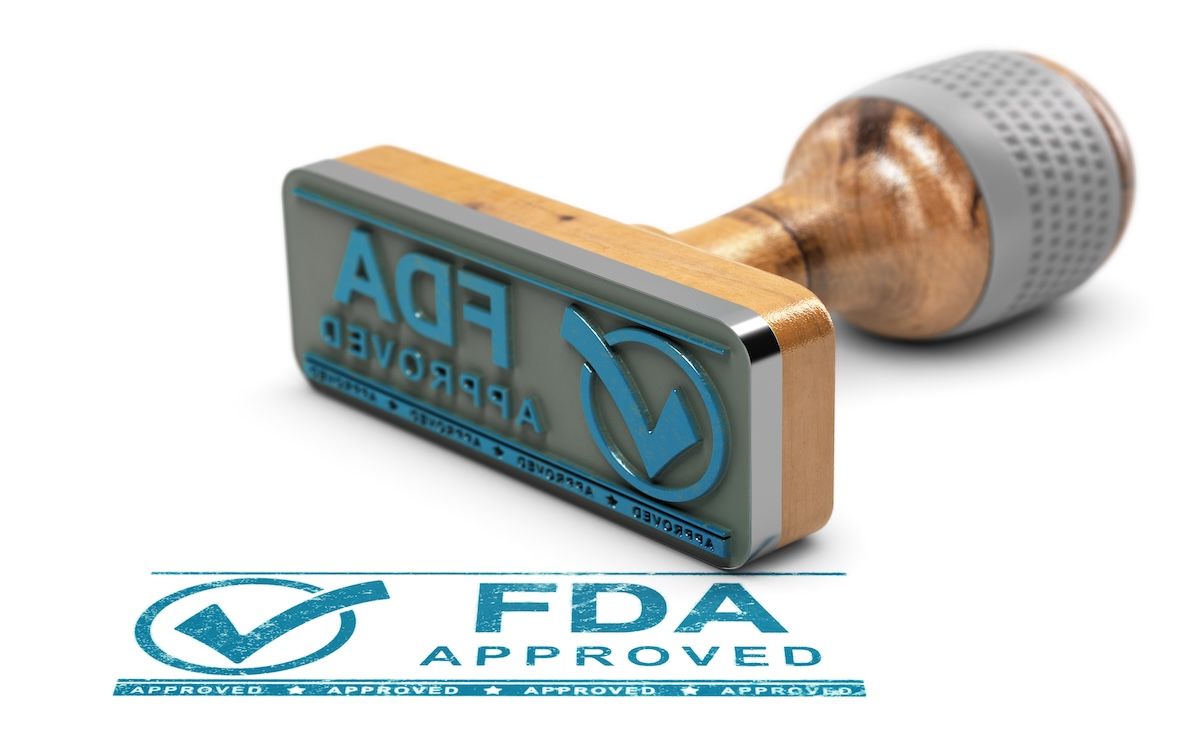News
Article
FDA Approves Brentuximab Vedotin, Lenalidomide, Rituximab Triplet for R/R LBCL
Author(s):
Key Takeaways
- FDA approved triplet therapy for relapsed/refractory LBCL, including specific subtypes, for patients ineligible for auto-HSCT or CAR T-cell therapy.
- The therapy includes brentuximab vedotin, lenalidomide, and a rituximab product, targeting patients who failed two or more prior systemic therapies.
Interim data from the ECHELON-3 trial previously showed that adding brentuximab vedotin to lenalidomide and rituximab improved overall survival among patients who have relapsed or refractory large B-cell lymphoma (R/R LBCL).
The triplet therapy of brentuximab vedotin (Adcetris; Seagen), lenalidomide, and a rituximab product was approved late yesterday by the FDA to treat relapsed or refractory large B-cell lymphoma (LBCL), including diffuse LBCL (DLBCL) not otherwise specified (NOS), DLBCL arising from indolent lymphoma, or high-grade BCL.1
Adult patients may qualify for the treatment if they have failed 2 or more prior systemic therapies and are ineligible for autologous hematopoietic stem cell transplantation (auto-HSCT) or chimeric antigen receptor (CAR) T-cell therapy, according to the announcement.
Interim data from ECHELON-3 previously showed this triplet to improve overall survival among patients who have relapsed or refractory large B-cell lymphoma. | Image Credit: © wladimir1804 - stock.adobe.com
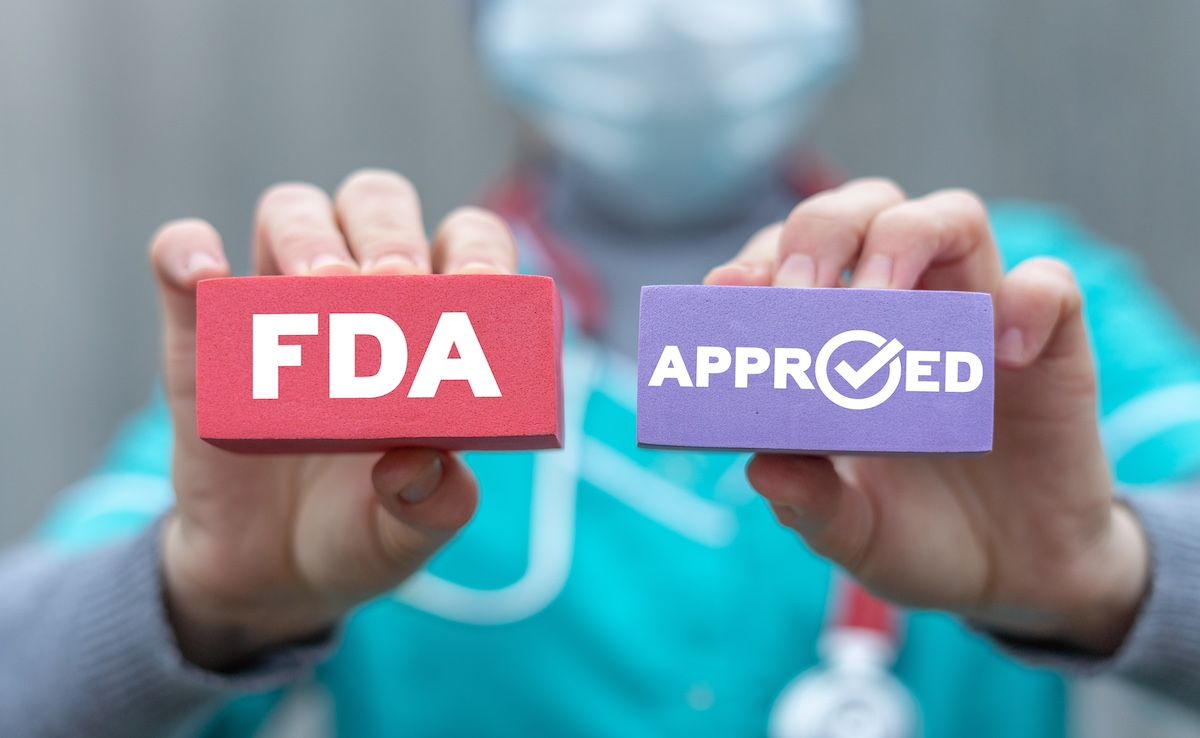
This approval was based on results seen in the ongoing phase 3 ECHELON-3 (NCT04404283) trial of 230 patients living with relapsed/refractory LBCL from the US, Australia, Belgium, Canada, Czechia, Denmark, France, Germany, Italy, Republic of Korea, Netherlands, Poland, Spain, Switzerland, Taiwan, and the United Kingdom.2 The expected primary completion date of the study is May 31, 2025, and the estimated study completion date is April 30, 2027. Participants were randomized 1:1 to receive brentuximab vedotin/lenalidomide/rituximab or placebo/lenalidomide/rituximab until disease progression or unacceptable toxicity.
The primary study outcome is overall survival (OS), and secondary outcomes are progression-free survival (PFS) and objective response rate (ORR) per 2014 Lugano Criteria, which is used to evaluate findings seen with a fluorodeoxyglucose PET/CT for lymphoma.3,4
The OS improvement was considered statistically significant, at a median of 13.8 months (95% CI, 10.3-18.8) among the patients who received brentuximab vedotin/lenalidomide/rituximab compared with 8.5 months (95% CI, 5.4-11.7) seen in those who received placebo/lenalidomide/rituximab.1 This translates to a 37% reduced risk of death (HR, 0.63; 95% CI, 0.45, 0.89; P = .0085) for those who received the triplet.
For the secondary outcomes of PFS and ORR, the triplet treatment again bested the placebo-based regimen, with a 47% reduced risk of death (HR, 0.53, 95% CI, 0.38-0.73; P < .0001):
- Brentuximab vedotin/lenalidomide/rituximab:
- PFS: 4.2 months (95% CI, 2.9-7.1)
- ORR: 64.3% (95% CI, 54.7%-73.1%)
- Placebo/lenalidomide/rituximab:
- PFS: 2.6 months (95% CI, 1.4-3.1)
- ORR: 41.5% (95% CI, 32.5%-51.0%)
In ECHELON-3, common (≥20%) adverse events were fatigue, diarrhea, peripheral neuropathy, rash, pneumonia, and COVID-19 infection. Grade 3/4 lab abnormalities (> 10%) were decreased neutrophils, lymphocytes, platelets, and hemoglobin. During the study, 6% of patients switched to a reduced dose of brentuximab vedotin and 4.5% discontinued treatment after developing or experiencing a worsening of peripheral neuropathy.
The current recommended dose of brentuximab vedotin is 1.2 mg/kg when combined with lenalidomide and rituximab; it is administered every 3 weeks until disease progression or unacceptable toxicity.
Interim data from ECHELON-3, published earlier this year, showed a statistically significant survival advantage and acceptable safety profile of brentuximab vedotin/lenalidomide/rituximab vs placebo/lenalidomide/rituximab in heavily pretreated patients living with R/R DLBCL5:
- Median OS was 13.8 (95% CI, 10.3-18.8) vs 8.5 (95% CI, 5.4-11.7) months, for a 37% reduced risk of death (HR, 0.63; 95% CI, 0.45-0.89; P = .009)
- Median PFS was 4.2 (95% CI, 2.9-7.1) vs 2.6 (95% CI, 1.4-3.1) months, for a 47% reduced risk of death (HR, 0.53; 95% CI, 0.38-0.73; P <.001)
- ORR was 64% (95% CI, 55%-73%; P <.001) vs 42% (95% CI, 33%-51%)
- Complete response (CR) rates were 40% and 19%, respectively, with corresponding median CRs of 18.9 months (95% CI, 11.1-not evaluable [NE]) and NE (95% CI, 2.8 months-NE)
- Median duration of response was 8.3 (95% CI, 4.2-15.3) vs 3.0 (95% CI, 2.8-5.4) months
Brentuximab vedotin is also indicated for use in patients with Hodgkin lymphoma who failed autologous stem cell transplant (ASCT) or those who failed at least 2 previous multi-agent chemotherapy regiments and are not candidates for ASCT.6 It was first approved for use in the US in 2011.7
References
1. FDA approves brentuximab vedotin with lenalidomide and rituximab for relapsed or refractory large B-cell lymphoma. FDA. February 12, 2025. Accessed February 12, 2025. https://www.fda.gov/drugs/resources-information-approved-drugs/fda-approves-brentuximab-vedotin-lenalidomide-and-rituximab-relapsed-or-refractory-large-b-cell
2. Brentuximab vedotin plus lenalidomide and rituximab for the treatment of relapsed/refractory DLBCL (ECHELON-3). ClinicalTrials.gov. Updated November 13, 2024. Accessed February 12, 2025. https://clinicaltrials.gov/study/NCT04404283
3. Van Heertum RL, Scarimbolo R, Wolodzko JG, et al. Lugano 2014 criteria for assessing FDG-PET/CT in lymphoma: an operational approach for clinical trials. Drug Des Devel Ther. 2017;11:1719-1728. doi:10.2147/DDDT.S136988
4. Cheson BD, Fisher RI, Barrington SF, et al. Recommendations for initial evaluation, staging, and response assessment of hodgkin and non-Hodgkin lymphoma: the Lugano classification. J Clin Oncol. 2014;32(27):3059-3068. doi:10.1200/JCO.2013.54.8800
5. Cortese T. Brentuximab vedotin combination improves survival in pretreated R/R DLBCL. CancerNetwork®. January 17, 2025. Accessed February 12, 2025. https://www.cancernetwork.com/view/brentuximab-vedotin-combination-improves-survival-in-pretreated-r-r-dlbcl
6. Adcetris. Prescribing information. Seattle Genetics; 2014. Accessed February 12, 2025. https://www.accessdata.fda.gov/drugsatfda_docs/label/2014/125388_s056s078lbl.pdf
7. Leach B. FDA approves brentuximab vedotin for 2 types of lymphoma. OncLive®. August 19, 2011. Accessed February 12, 2025. https://www.onclive.com/view/fda-approves-brentuximab-for-2-types-of-lymphoma
